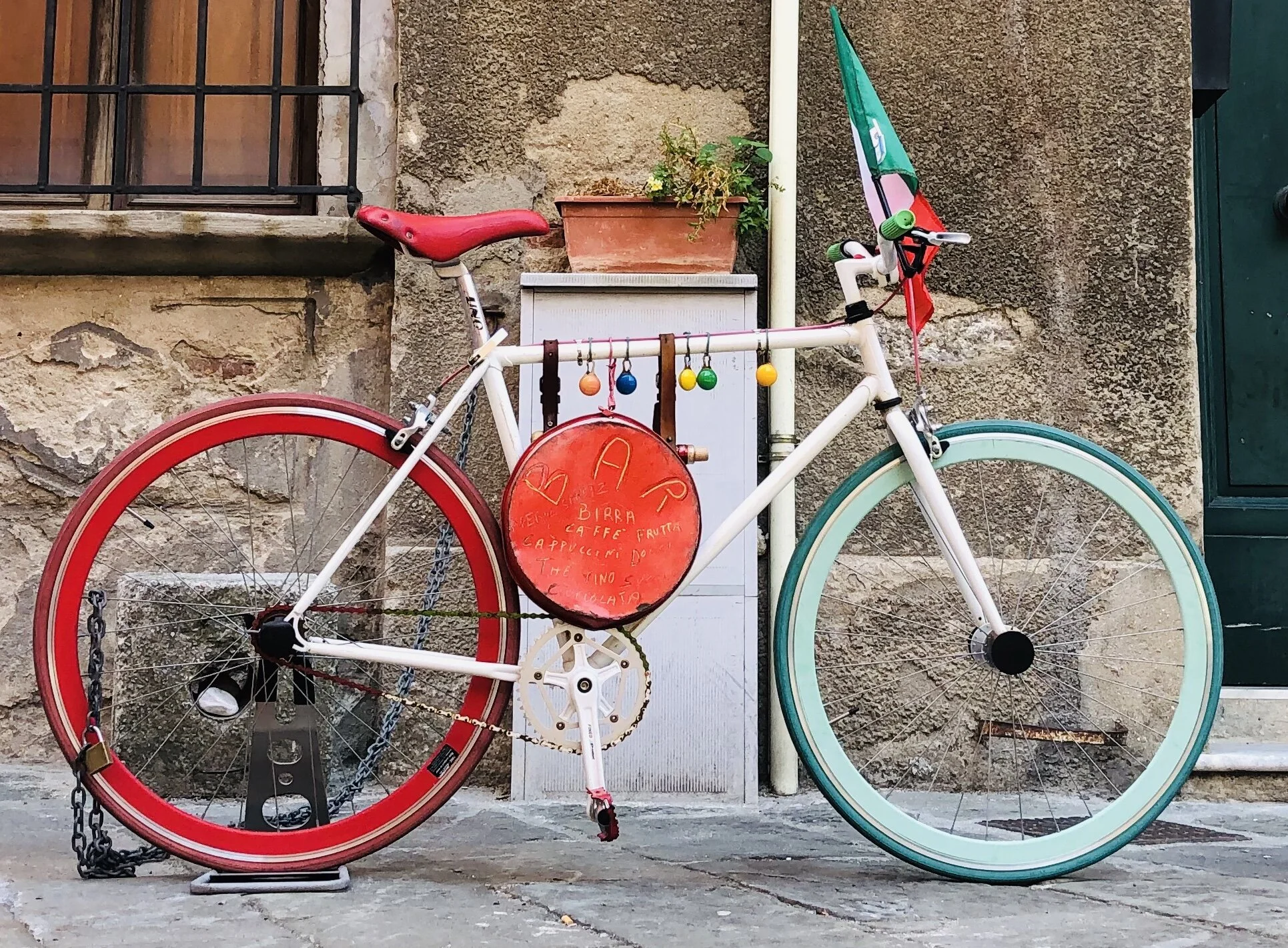Who you are and what you do are two different things.
Companies lose sight of this all the time in their branding. What they do becomes who they are and there’s no anchor, no identity beyond their services or products.
Your core values are an essential part of your brand, whether we’re talking about a person, employee, team, or company. It’s who you are in the good times — and bad.
This is so important because who you are ultimately fuels what you do and how well you do it.
So many of us had our lives turned upside down these past few weeks. Professionally, personally, all of it.
Now we find out who we are because what we do was taken from us — temporarily at least.
Some companies and people have made it clear who they really are by what they’ve done and said and how they treated people. That’s their brand now and for some it’s not good.
Some people have made it clear who they are by trying to help people — often complete strangers — find jobs or offer support in other ways such as references. They’re affirming their personal brand.
I’ve been thinking about this a lot lately as I am one of the tens of thousands who have lost their jobs in the DOGE layoffs. As I’m looking around for a place to land, I don’t want to lose site of who I am as I look to who I’ll work for and just settle without the company’s values aligning with mine.
So who am I? Just over 10 years ago I made a career switch from newspaper reporter. I started looking around for a consulting job and researched companies.
I found a company whose brand appealed to me. Not a big company, not one anyone would recognize. But three words I found on their website stood out to me as they described their purpose and values: “We over me.”
It appealed to one of my core values: teamwork. Values that helped shaped me a long time ago on cross country teams at Bend High School in Oregon. We worked hard. We cheered each other on. We picked each other up when one of us was having an off day.
We chose we over me and it helped us win a state title. I’ve never forgotten those lessons.
We over me is also a central tenet of my Christian faith. To serve. To help. To uplift.
I build. I affirm and elevate and hope to make things better when I leave them than when I found them. And I want people to join me.
We over me. That’s a brand and an identity.





